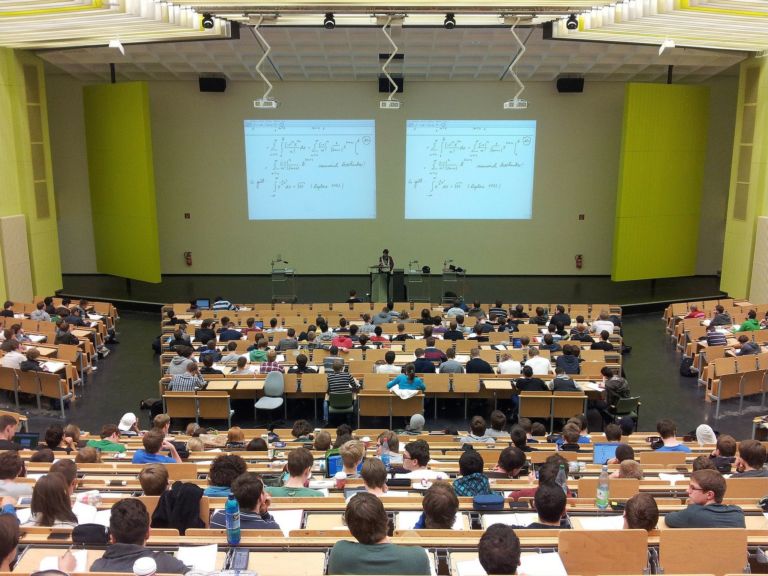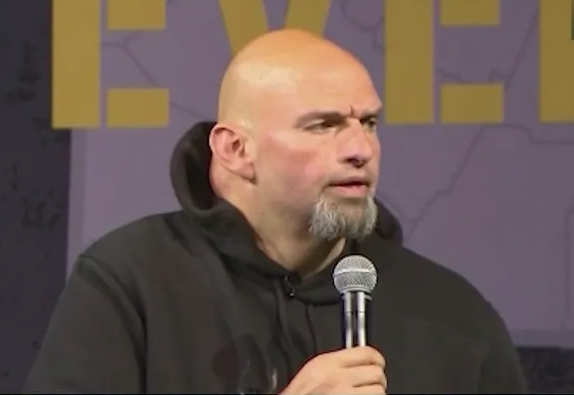Robert Schmad reports for the Washington Free Beacon on dubious priorities within Seattle’s public school system.
As more students fail to meet academic standards in Seattle, public education officials in the city are proposing that diversity, equity, and inclusion programs receive more funding than core academic subjects.
Seattle Public Schools would spend more than $5 million on so-called DEI initiatives, including a “racial equity tool” and an after-school program for black male students who are “referred to as kings,” according to a district budget proposal for the 2022-23 school year. The budget allots a little more than $4.5 million for core academic subjects, such as math, science, and literacy. More than half-a-million dollars would be cut from the science budget as well. The school district lists “racial equity,” “engaging students of color,” and ensuring disciplinary policies are not used “as a substitute for culturally responsive behavioral and social emotional supports,” among its guiding principles for the budget.
The decision to prioritize DEI programs comes as students’ proficiency in reading and math has fallen 6 percentage points and 16 percentage points, respectively, since 2019. Test scores from last year found nearly 56 percent of Seattle students are not competent in science and about 57 percent are not competent in math. Just 30 percent of black students and 18 percent of Native American students are meeting grade-level standards. Public school officials in the region have blamed the COVID-19 pandemic for learning losses.
The Seattle school district’s budget recommends around $1.3 million for scholarships and programs in “Native Education,” about $1.5 million for “African American Male Achievement,” and nearly $1.3 million for the “Department of Racial Equity Advancement.” Another $600,000 would be set aside for “Ethnic Studies and Black Studies,” a district representative told the Washington Free Beacon, as well as $650,000 for a Latino academic support and cultural studies program. In addition, each of the district’s three budgetary goals has to do with improving educational outcomes just for black students.


